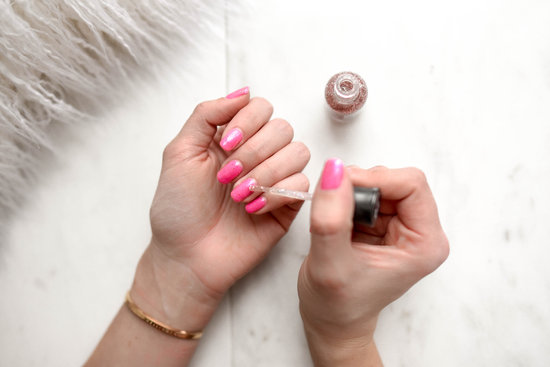Strategies To Finding A Good Sports Massage Therapist
Strategies To Finding A Good Sports Massage Therapist
Blog Article
Do It Yourself Sports Massage Techniques
Professional athletes are continuously looking for the next side to increase efficiency. Massage is among the most effective tools readily available to achieve this objective.
The right methods can lower muscle mass rigidity, aid healing and help athletes train harder. Find out how to utilize sporting activities massage as a part of your athlete's general training and recuperation technique.
Foam Roller
Using body weight to apply stress to muscles and "knots" (or activate points), foam rolling is a self-myofascial launch strategy that's a cost-effective option to seeing a sporting activities massage specialist. This self-massage device can assist to lower muscle rigidity and discomfort, along with quicken recovery after extreme workout.
Foam rollers are cylindrical devices that vary in size, form and foam density. They're a preferred addition to training and recuperation routines of professional athletes, weightlifters, joggers, cyclists, swimmers and other health and fitness enthusiasts.
Envision your initial sports massage client is an affordable swimmer. They're about to contend for their long-lasting dream of mosting likely to the Olympics. They concern you with inequalities and muscle mass rigidity brought on by intense training. Your understanding and ability are going to be vital in helping them reach their objectives. Giving a fantastic experience will certainly maintain them returning and help you develop your service. Preferably, you should have the ability to give them with particular methods customized for their sport.
Deep Cells Massage Therapy
In a sport that requires rapid responses and precise movements, having strong joints and muscle mass is critical. When these are limited, they can interfere with activity and rise risk of injury.
Deep tissue massage can assist enhance muscle mass feature and series of activity, separate attachments or mark cells, and lower pain by increasing oxygen and nutrients in the area. It can also help ease anxiety and stress in the muscle mass, which may reduce general pain.
As an example, a research of a sports massage on the forearms of a pickleball player showed improved grip strength and decreased forearm soreness, which in turn led to greater performance. However, the athlete should always be in communication with the therapist to guarantee that the massage is not uncomfortable. The therapist will change the stress and method as needed to keep the athlete safe, comfortable and in optimal problem for sports efficiency. They must likewise be motivated to moisturize and consume well after the massage therapy to advertise healing.
Trigger Point Therapy
Trigger points are knots of tight, stressful muscle mass cells. They create discomfort in the areas where they are located and also limit the range of activity of bordering muscular tissues. Trigger point therapy applies manual stress to the trigger points in order to unlock them and relieve tension. This is completed with myofascial release. Fascia is a sheath-like, fibrous cells that frames bone and joint structures. It is typically pliable and adaptable, yet with anxiety, injury, poor position, and lack of hydration and rest, the fascia can tense and limit motion.
Over 80% of people will experience the same pattern of discomfort reference from a solitary trigger point, so it is easy for a massage specialist to identify precisely which muscles need therapy. The objective is to work up to the point where the muscle begins to jerk and release the tension, yet not overdo it so as not to cause undue discomfort. The strength ought to be a "good pain." During the treatment, the massage therapy specialist might use their fingers and thumbs to really foam rolling vs. sports massage feel the trigger factors.
Jostling
Scrambling is a massage therapy method in which the muscle is clutched at the point of origin and shaken delicately. It kicks back the muscle and it is asserted to decrease the stretch reflex.
Scrambling and other friction strategies are utilized to break down adhesions in muscle mass cells. These adhesions take place as a result of muscle mass fibers sticking together throughout the inflammatory healing procedure and they can avoid muscular tissues from acquiring normally. By lowering attachments and enhancing adaptability, sporting activities massage aids athletes perform at peak degree and stay injury cost-free.
The physiological results of sporting activities massage consist of increased temperature level, improved blood circulation and improved muscular tissue healing and flexibility. This mix of benefits makes sporting activities massage an indispensable part of any type of professional athlete's training and healing program. It helps them prepare for a competition or a big event, help in the healing after an occasion and improves efficiency during training. Preferably, sports massage therapy should be done a minimum of a day or two prior to a big race to make sure that the muscles are completely recovered and ready to go.